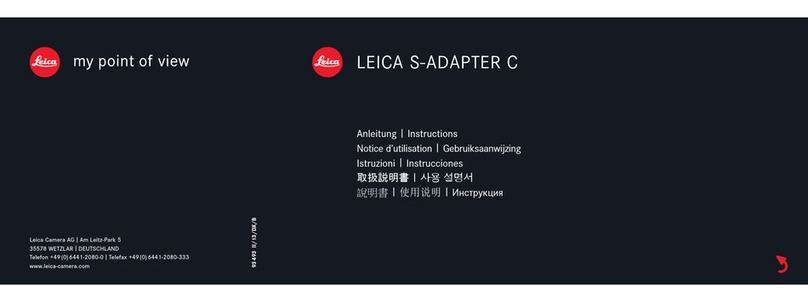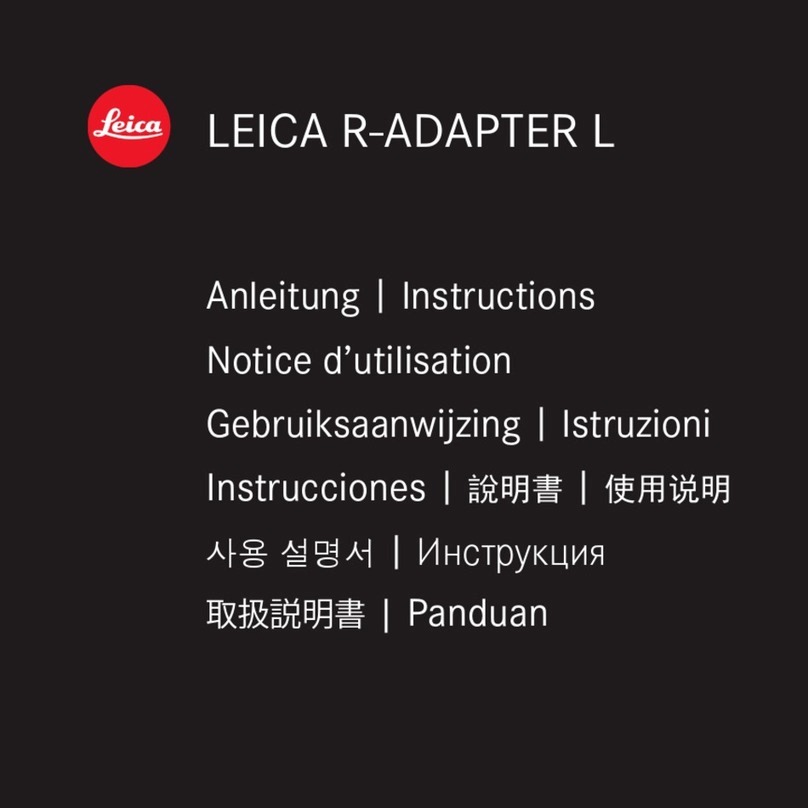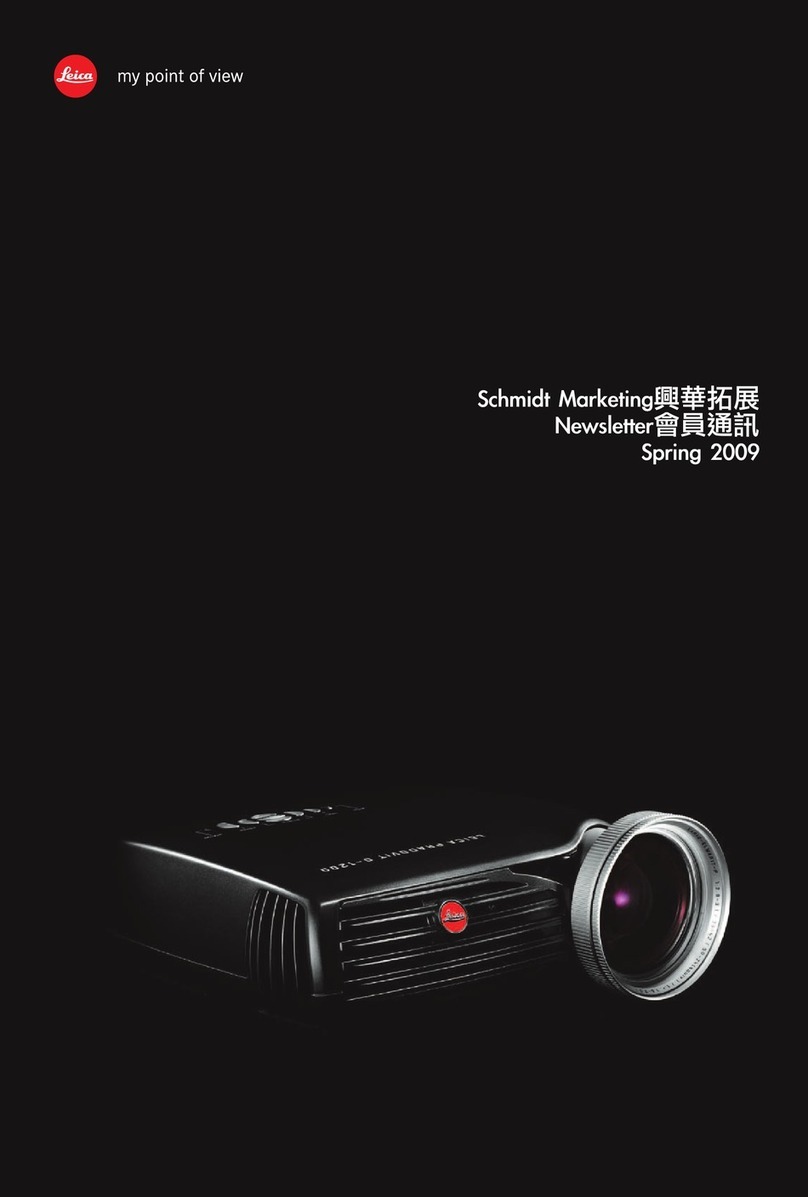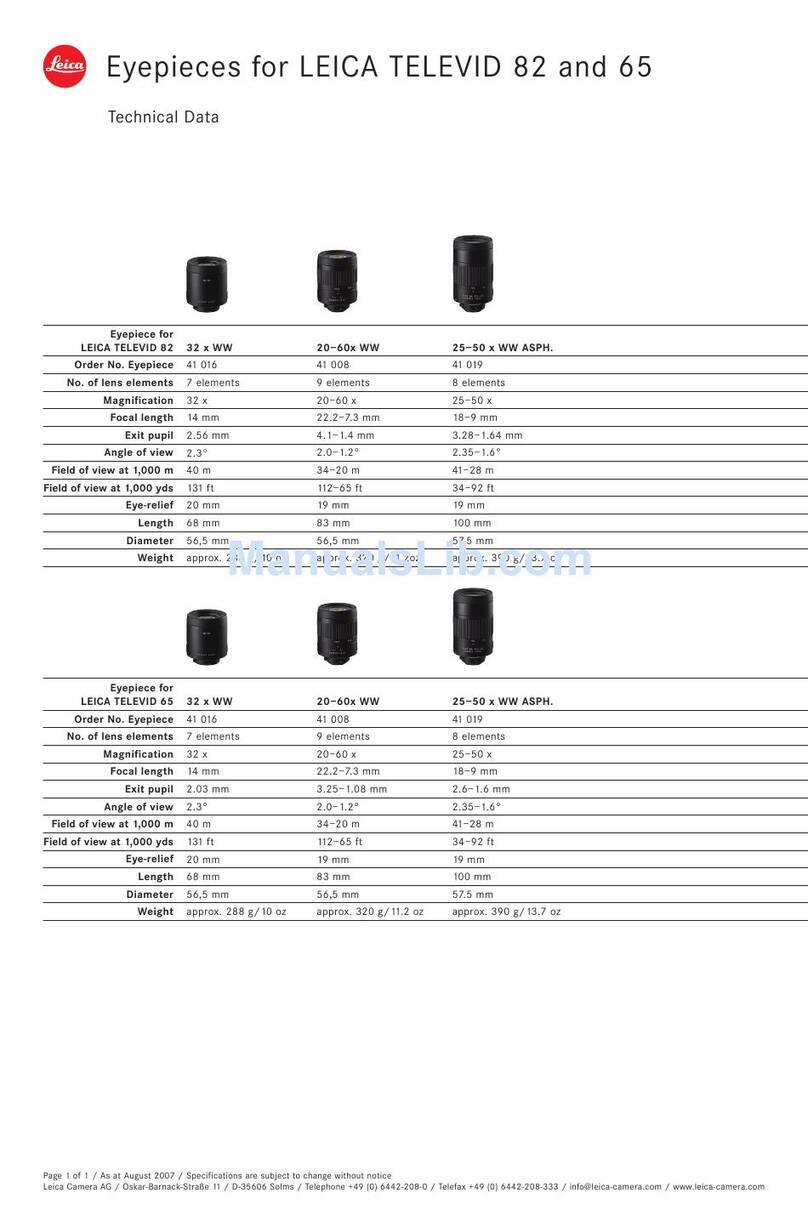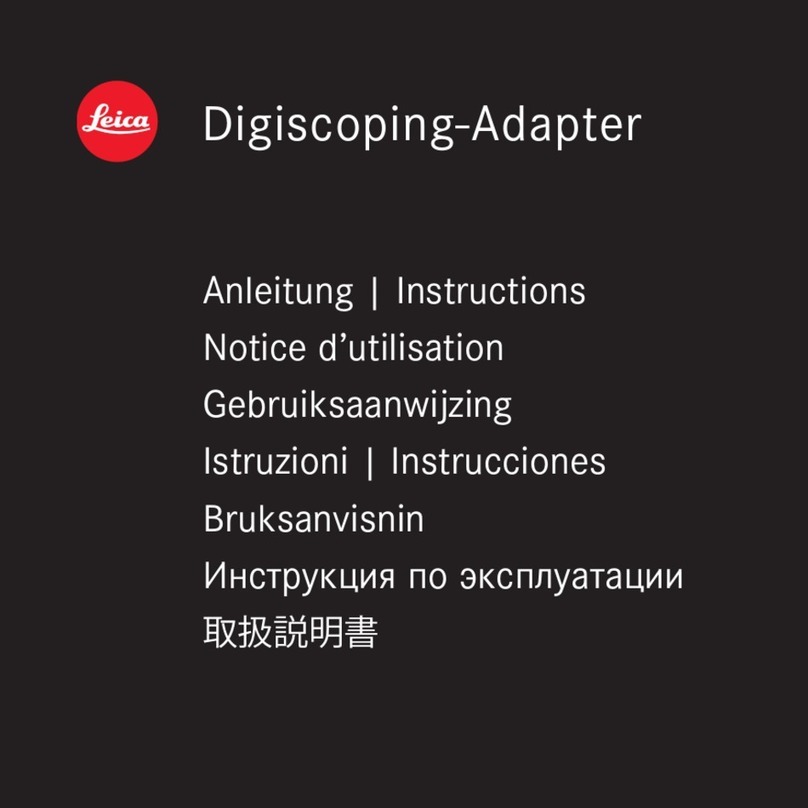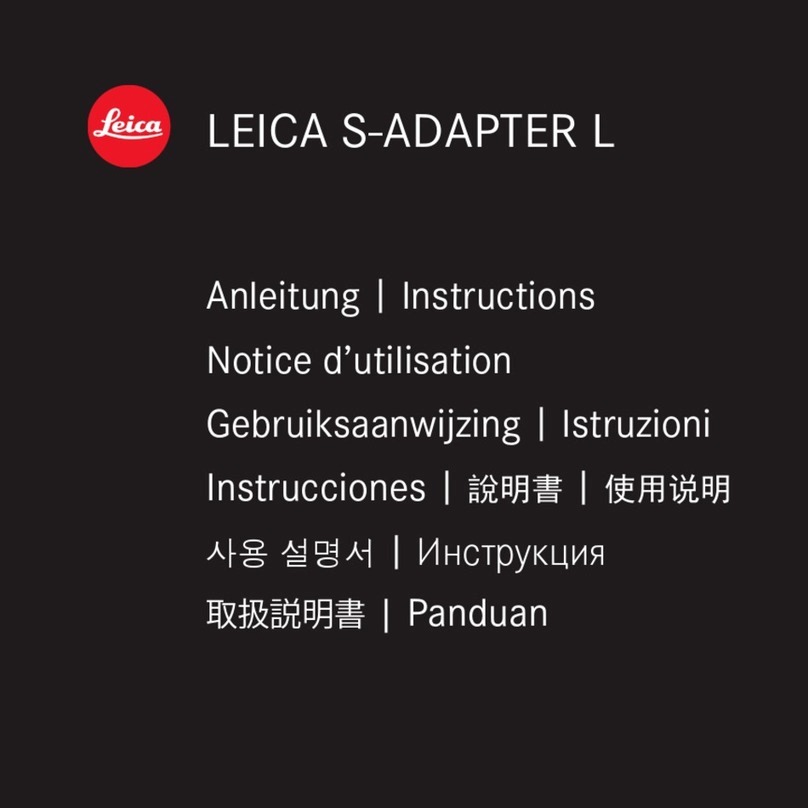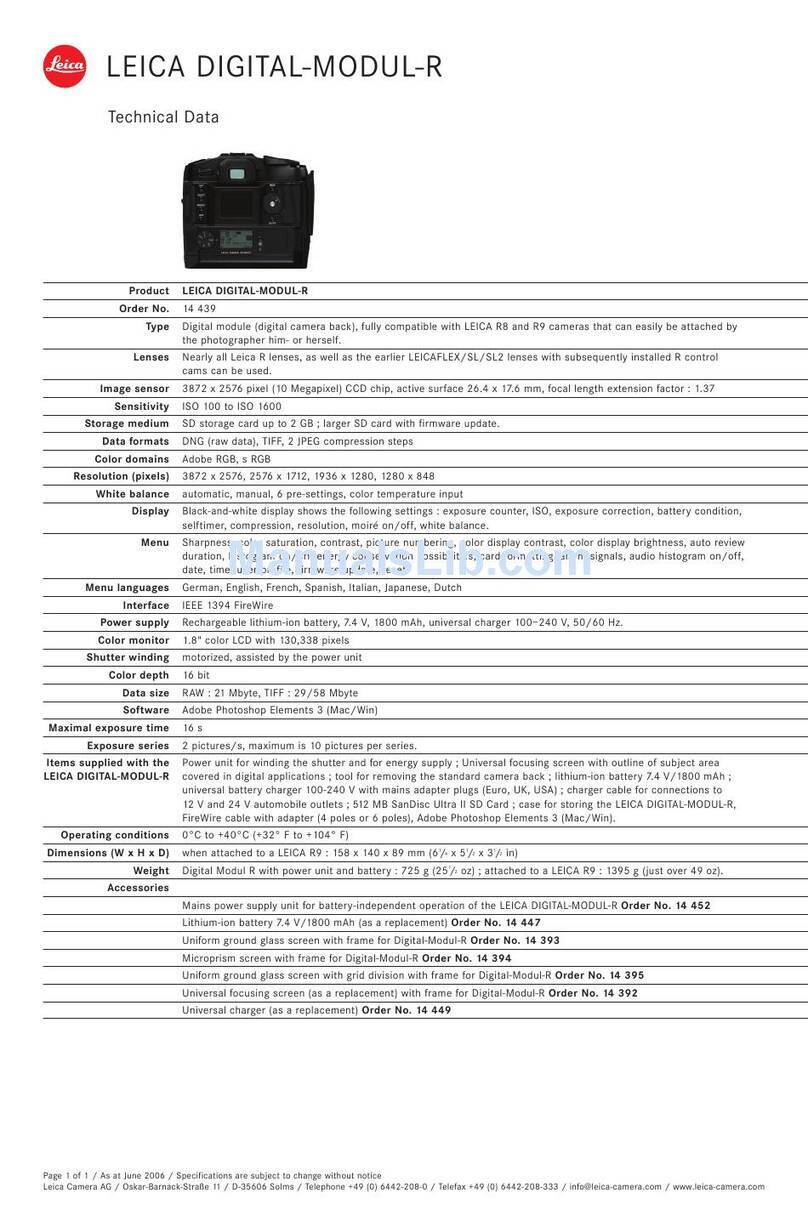
8 LFI DMR/2006
TECHNOLOGY R SYSTEM
never faced with mysteries. Behind the
unassuming details, however, one will
discover great finesse and technology.
Take the camera’s viewfinder, for
instance, which is known to be one
of the brightest in 35-mm photography:
it enables eyeglass wearers to see
effortlessly into its corners, featuring
dioptre correction and a curtain shutter
against stray light; and the matt screens
are also interchangeable.
Countless other details – such as a
mirror pre-release against shake,
the classic synchronised flash socket
for studio light systems, the multiple
metering system, which can be
influenced in steps of tenths, and
much more – are the result of the
fact that the R9 was constructed in
consideration of people who would be
working with the camera on a daily basis.
As part of the comprehensive accessory
programme we find the Motor-Winder-R
and the slightly larger Motor-Drive-R,
facilitating up to 4.5 exposures per
second. The slightly unusual form
of the camera is very ergonomic;
The R9 is built from high-tech material
such as magnesium for the body. Most of
the assembly process is done by hand,
which, through constant control over the
working steps, secures higher quality
satisfy the demands of the professional
world is guaranteed thanks to a 10-
megapixel resolution, a high input
dynamic range and an accurate colour
recognition; and that the concept is
beginning to bear fruit becomes evident
when we study the respective field
reports or what Leica considers the
favourable increase in demand.
R-SYSTEM BASE
From a formal point of view, the Digital-
Modul-R is an accessory item for Leica’s
R8 and R9 and thus an element of the
wide-ranging R system. Leica’s single
lens reflex system can look back
upon a long tradition, scoring high marks
in all areas of photo technology with
highest precision and quality, unrivalled
longevity and simple and intuitive
handling. An excellent example for these
virtues is the core piece of the system,
the R9. In spite of its comprehensive
features and options, the camera prides
itself on its minimum number of control
elements. The photographer is thus
from Denmark. They now belong to
Hasselblad and were originally in
charge of the conceptualisation of the
module. Together, the three companies
planned and developed the Digital-
Modul-R, taking on the by no means
trivial task of converting the R9 into
a fully-fledged expert digital camera,
without depriving the camera of its
ability to work with film. It is this choice
between film and chip that makes the R9
with the Digital-Modul-R such a unique
concept. Depending on application and
need, the owner of this double-action
system can always choose whether to
insert a 35-mm round or a memory
chip. That the digital picture quality will
21045_E_0615_DMRR_System.QXD 14.06.2006 18:38 Uhr Seite 8
